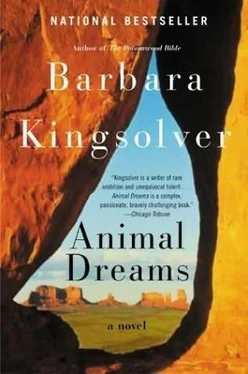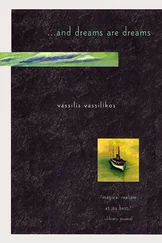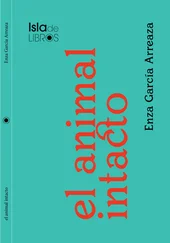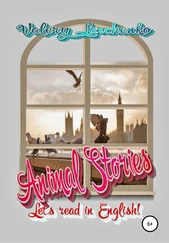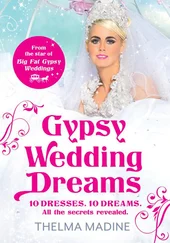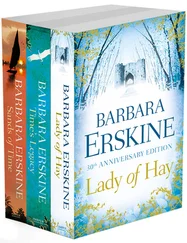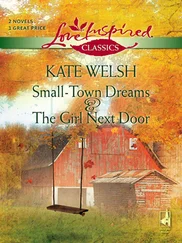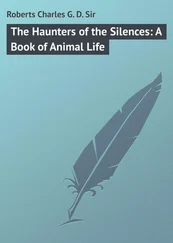Uda undertook the conspiracy with the relish of a criminal. I agreed to meet her at Doc Homer’s in half an hour.
The attic was pleasantly chilly and smelled of pine. Decades of summer heat had forced droplets of resin out of the rough floorboards, which in cooler weather hardened to little amber marbles that scattered in all directions as we shifted trunks and cardboard boxes. The afternoon is fixed in my memory with the sharp smell of resin and that particular amber rattle, like the sound of ball bearings rolling around in a box. It’s surprising how much of memory is built around things unnoticed at the time.
I was amazed by what we found. Doc Homer’s disease had manifested itself mostly downstairs; up here, our past was untouched by chaos. Stacked boxes of Hallie’s and my old clothes, school papers, photo albums, and all kinds of other detritus stood in neat rows, labeled chronologically and by content. I felt overwhelmed by so much material evidence of our family’s past. I couldn’t think why he’d kept it. He was so practical. What conceivable use did he foresee for a box marked “ALICE, MATERNITY,” for example? But you don’t ask questions of an attic. Museums are their own justification.
“Look,” I said to Uda, tipping up a cardboard box so she could see inside: some thirty pairs of black orthopedic shoes stacked from small to large, toes up, neat as eggs in a crate. There was a little more variety than I’d remembered. Two pairs were rather dapper little saddle oxfords, black and maroon. Another year-I vaguely did remember this-we’d been allowed to order them in charcoal suède.
Uda had a full-front apron over her old trousers and a print blouse, and she looked prepared for anything. Her lavender hoop earrings matched her wedgies, and she’d tied a red handkerchief over her hair. I was tempted to ask what she’d been ripping up this morning. She bent over beside me and picked out one of the smallest shoes, cradling it like an orphaned bird. “Law, he was so careful about you girls and your feet. I remember thinking, Oh, mercy, when those girls get big enough to want heels there’s going to be the Devil to pay.”
I laughed. “He wasn’t just careful. He was obsessed.”
Uda looked down at me. “He just wanted awful bad for you kids to be good girls,” she said. “It’s hard for a man by himself, honey. You don’t know how hard. He worried himself to death. A lot of people, you know, would just let their kids run ever which way.”
She stopped, cocking her head a little, staring at the shoe in her hand. “One year for Christmas I gave the two of you little cowboy outfits, with guns, and you just loved them, but he had to take away the guns. He didn’t want you killing, even pretend. I felt awful that I’d done that, once I thought about it. He was right.”
As she talked, I remembered the whole story: the cowboy outfits and the guns. Hallie and I had tried to claim moral high ground, saying he was taking away what belonged to us. He stood in front of the window, his thin face turned to the light, speaking to the world outside: “I will not have the neighbors arming my children like mercenaries.” I’d looked up “mercenaries” in the dictionary, later, and felt ashamed. I explained the ethics of armament to Hallie.
“How long did you take care of us?” I asked Uda.
“Oh, I expect close to ten years all in all. Till you was about fourteen and Hallie was eleven. You remember that. You’d come up after school and we’d play Old Maid or you’d play swinging statues out in the yard. We had us a time. And I’d come up here at night when he had to go tend a baby or something. Sometimes of an evening you’d run off with the Domingos kids without telling me where you’d gone to.” She laughed. “I liked to skinned you alive a couple of times. You girls was a couple of live potatoes. She was bad and you was worse.”
I remembered her arms when they were thinner; a younger Uda. And I remembered standing at a kitchen counter, on a stool, patting out my own handprints in floured dough while she wove strips of piecrust, pale and thin as flayed skin, over and under to make a perfect pie top. I was experiencing a flash flood of memories. I feared I might drown in them. My skull was so crowded with images it hurt.
“He raised you to be good girls,” she said again. She reached over and squeezed my upper arm before returning the shoe to its box.
I didn’t know what to tell her we were looking for, for the historical project-anything documenting the age of the house would be helpful, and more generally, old photographs of any kind. Uda seemed content to poke into boxes at random, but I tried to ground myself by reading labels: “CROCKERY AND FLATWARE.” “GARDEN RECORDS.” One bore the mystic title “ELECTRICITY.” I looked inside: socket hardware, lamp cord, the reflector from a heat lamp, a pair of rubber gloves.
I couldn’t resist getting sidetracked by one marked, “ARTWORK, H., AGE 3-6.” The subjects of Hallie’s crayon drawings were mainly the two of us, stick sisters holding hands, or else just me, my orangeish hair radiating from my head like a storm of solar flares. There was not one figure anywhere representing Doc Homer. I wondered if he’d noticed. But he must have. He was the one who’d picked up each drawing, rescued it from destruction, and finally labeled the box. The invisible archivist of our lives.
Out of curiosity I tracked down the corresponding box called “ARTWORK, C.” As I’d expected, it was full of family portraits. Big sister, little sister, father, mother, a cockeyed roof over our heads and above that an omnipresent yellow sun. It didn’t resemble anyone’s reality but mine, but there it was. Or maybe it wasn’t so much a matter of reality as of expectation-what I felt the world owed me. I held two of our drawings side by side and concluded that there was no puzzle as to why we were different. Hallie and I had grown up in different families.
“Here’s pictures,” Uda reported suddenly. There was a whole aisle of boxes marked “PHOTOGRAPHS,” with inscrutable suffixes. I picked up one marked “PHOTOGRAPHS, AM JOUR GEN” and found it surprisingly light, so I carried it over to the east window and sat down on a steamer trunk, settling the box on my lap before opening it. Inside were stacks of ancient eight-by-tens, their brown edges curled like autumn leaves. Each one was a photograph of a newborn baby with a startled-looking face and marble-white eyes. I leafed through them, one after another, awestruck by the oddity of these children. Of course I knew about the eyes, an anomaly of pigmentation that was genetic proof of Gracela heritage on both sides. But I’d never seen them. They tended to darken just hours after birth, and in modern times a person can easily go through life, in Grace or anywhere, without seeing a newborn.
On top of the stack of photos was a handwritten page with the heading: “Notes on Methodology.” The ink had faded to brown. This would all be for his genetics paper: Doc Homer’s careful notations on how he’d set up the camera, the distance, the amount of light. Apparently he’d rigged some set-up that used powerful flashbulbs, the old-fashioned kind that popped once and then were used up. It was before the days of modern electronics.
All those babies. How they must have screamed, one second after he shot them in the name of science. Or in the name of his own desire to set himself apart. What could be more arrogant than to come back and do a scientific study of your own townspeople, like so many natives in Borneo? I looked through the photos again and kept coming back to one that had an arresting familiarity. The eyes looked back as if they knew me. I stared at the baby for a long time.
It was me.
“You were a doll baby,” Uda said. She was looking down over my shoulder.
Читать дальше
